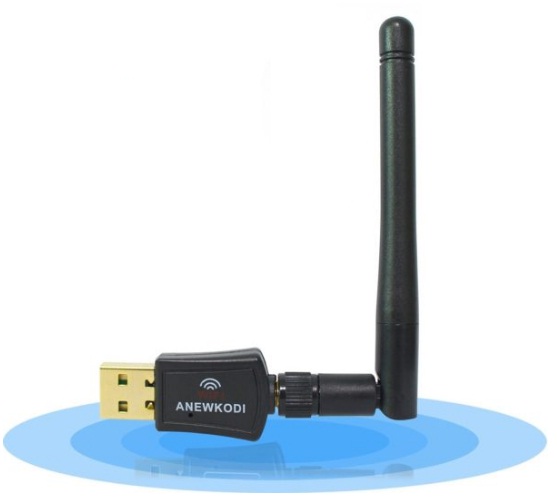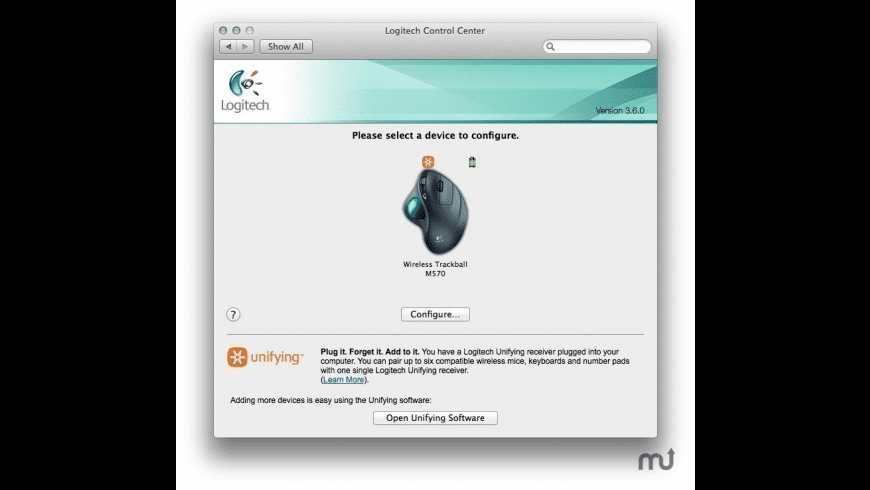Download and install the latest drivers
- Mac Wireless Driver For Windows 10
- Realtek Wireless Driver For Mac
- Wireless Driver For Macbook Pro
- Driver For Wireless Keyboard
- Wireless Drivers For Vista
Wireless AC1200 MU-MIMO USB2.0 adapter for Mac 10.7 10.8 Beta driver fix WPS popup v1.0.0.5 Wireless AC1200 MU-MIMO USB 2.0 adapter for Linux kernel 2.6.24 - 4.15. Wireless Embedded Solutions and RF Components Storage Adapters, Controllers, and ICs Fibre Channel Networking Symantec Cyber Security Mainframe Software Enterprise Software Broadband: CPE-Gateway, Infrastructure, and Set-top Box Embedded and Networking Processors Ethernet Connectivity, Switching, and PHYs PCIe Switches and Bridges Fiber Optic Modules and Components LEDs and Displays Motion. Download Corsair K83 Wireless Keyboard Driver/Utility 3.32.80 for macOS (Keyboard & Mouse).
Most modern devices will have drivers for the adpater built-in, but it’s always best to use the latest drivers available here on the website.
If you do not have an existing Internet connection your computer, you will need to download the drivers somewhere else such as portable media like USB drive flash drive that you can use on the computer where you need to install them.
Driver Installation
For Mac users running macOS/OS X 10.4 – 10.14, downloading the drivers from this page is required. macOS 10.15 Catalina is not supported as Realtek has not updated drivers and software for new requirements from Apple for DriverKit and 64-bit operation.
Mac Wireless Driver For Windows 10
Click to see the drivers for your platform below.
WindowsFor Windows 7, 8/8.1, and 10, if you have another active network connection, simply plug in the adapter and Windows will automatically download and install the latest drivers from Windows Update. If you do not have an active connection or wish to manually install the drivers click the link below.
For Windows XP and Vista you will need to download the drivers below:
Once the drivers are installed, a restart is recommended. You may use the included Realtek utility and/or your operating system’s standard built-in support for making a new wireless connection to an access point.
MacmacOS 10.15 Catalina is not supported as Realtek has not updated drivers and software for new requirements from Apple for DriverKit and 64-bit operation. We do not have an estimate for updated drivers from Realtek and do not expect them at this time.
If you encounter any issues please contact us at support@plugable.com.
Select the driver that matches your OS version below:
- Utility and Driver Auto Installation Program for Mac OS X 10.4.x
10.5.x
10.6.x
10.7.x
10.8.x
You will need to use the included Realtek utility for making a new wireless connection to an access point.
Linux (Previous RTL8188CUS model only)
This adapter and chipset has open source drivers with support for Linux Kernel 2.6.18 through 2.6.38 (compile required). Driver is already in recent Linux kernel versions 2.6.39 and later (kernel option CONFIG_RTL8192CU). To download and build the latest driver from Realtek, extract the Linux driver file, and run “make && sudo make install”.
Realtek Wireless Driver For Mac
There are no official drivers for the RTL8818EUS Wi-Fi chipset in Linux. There are some community drivers available on GitHub, but we have not found a community driver that is reliable.
AndroidAndroid 1.6~2.3 and 4.0 devices may or may not, at manufacturer’s discretion, include the Android driver from Realtek on their customized Android builds. We have not done any internal tests as of yet and cannot recommend this device for Android users at this time- although this may be a great option for Android developers familiar with compiling drivers into android source.
For the very latest drivers, take a look at the Realtek website. This will take you to the drivers page for the Realtek RTL8188EU(S) chipset that’s at the heart of the USB-WIFINT (Realtek’s page has not been functional for sometime, retained for historical purposes).
When you install Microsoft Windows on your Mac, Boot Camp Assistant automatically opens the Boot Camp installer, which installs the latest Windows support software (drivers). If that doesn't happen, or you experience any of the following issues while using Windows on your Mac, follow the steps in this article.
- Your Apple mouse, trackpad, or keyboard isn't working in Windows.
Force Touch isn't designed to work in Windows. - You don't hear audio from the built-in speakers of your Mac in Windows.
- The built-in microphone or camera of your Mac isn't recognized in Windows.
- One or more screen resolutions are unavailable for your display in Windows.
- You can't adjust the brightness of your built-in display in Windows.
- You have issues with Bluetooth or Wi-Fi in Windows.
- You get an alert that Apple Software Update has stopped working.
- You get a message that your PC has a driver or service that isn't ready for this version of Windows.
- Your Mac starts up to a black or blue screen after you install Windows.
If your Mac has an AMD video card and is having graphics issues in Windows, you might need to update your AMD graphics drivers instead.
Install the latest macOS updates
Before proceeding, install the latest macOS updates, which can include updates to Boot Camp.

Format a USB flash drive
To install the latest Windows support software, you need a 16GB or larger USB flash drive formatted as MS-DOS (FAT).
- Start your Mac from macOS.
- Plug the USB flash drive into your Mac.
- Open Disk Utility, which is in the Utilities folder of your Applications folder.
- Choose View > Show All Devices from the menu bar.
- From the sidebar in Disk Utility, select your USB flash drive. (Select the drive name, not the volume name beneath it.)
- Click the Erase button or tab.
- Choose MS-DOS (FAT) as the format and Master Boot Record as the scheme.
- Click Erase to format the drive. When done, quit Disk Utility.
Download the Windows support software
After preparing your USB flash drive, complete these steps:
- Make sure that your Mac is connected to the Internet.
- Open Boot Camp Assistant, which is in the Utilities folder of your Applications folder.
- From the menu bar at the top of your screen, choose Action > Download Windows Support Software, then choose your USB flash drive as the save destination. When the download completes, quit Boot Camp Assistant.
Learn what to do if you can't download or save the Windows support software.
Install the Windows support software
After downloading the Windows support software to your flash drive, follow these steps to install the software. (If you're attempting to resolve issues with a Bluetooth mouse or keyboard, it might be easier to use a USB mouse or keyboard until these steps are complete.)
- Make sure that the USB flash drive is plugged into your Mac.
- Start up your Mac in Windows.
- From File Explorer, open the USB flash drive, then open Setup or setup.exe, which is in the WindowsSupport folder or BootCamp folder. When you're asked to allow Boot Camp to make changes to your device, click Yes.
- Click Repair to begin installation. If you get an alert that the software hasn't passed Windows Logo testing, click Continue Anyway.
- After installation completes, click Finish, then click Yes when you're asked to restart your Mac.
Learn more
Wireless Driver For Macbook Pro
If you can't download or save the Windows support software:
Driver For Wireless Keyboard
- If the assistant says that the Windows support software could not be saved to the selected drive, or that the USB flash drive can't be used, make sure that your USB flash drive has a storage capacity of at least 16GB and is formatted correctly.
- If the assistant doesn't see your USB flash drive, click Go Back and make sure that the drive is connected directly to the USB port on your Mac—not to a display, hub, or keyboard. Disconnect and reconnect the drive, then click Continue.
- If the assistant says that it can't download the software because of a network problem, make sure that your Mac is connected to the Internet.
- Make sure that your Mac meets the system requirements to install Windows using Boot Camp.
Wireless Drivers For Vista
If a Mac feature still doesn't work after updating the Windows support software, search for your symptom on the Apple support website or Microsoft support website. Some features of your Mac aren't designed to work in Windows.